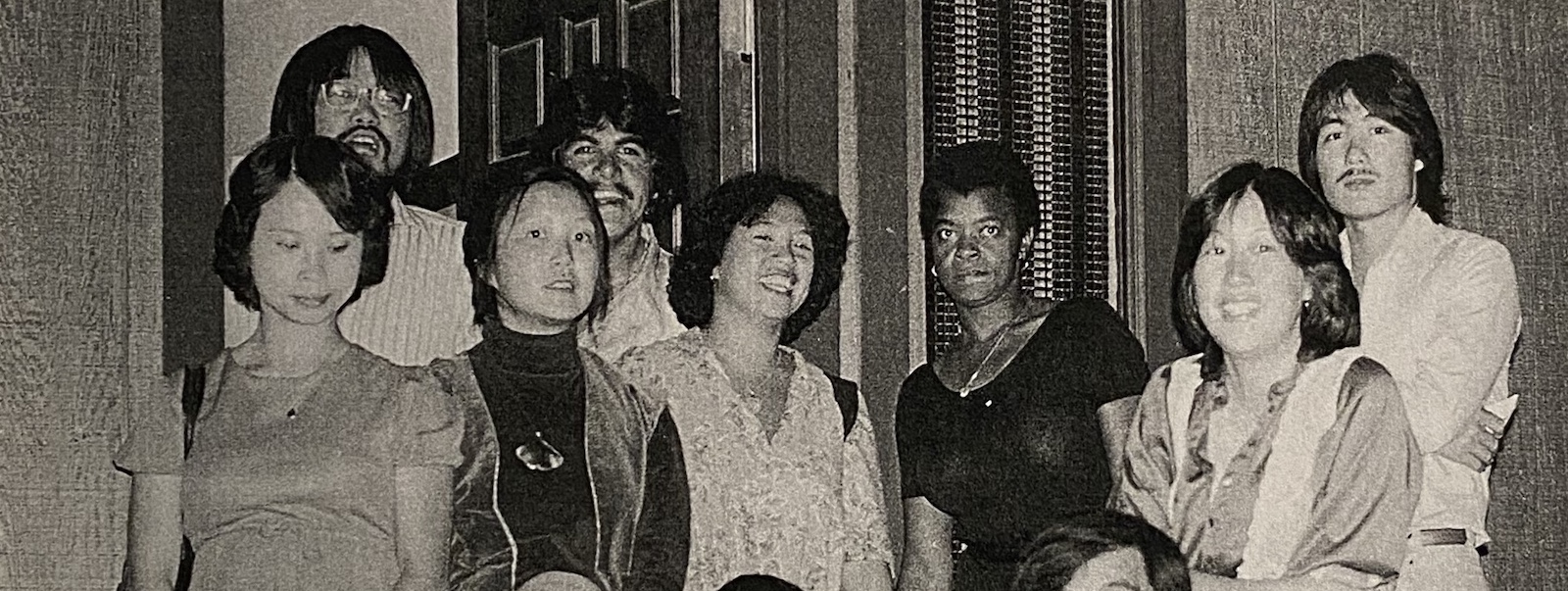2006-2011: The Great Recession, Education Grants

De Anza students are among a crowd marching against budget cuts at Civic Center Plaza in San Francisco. (La Voz, March 2010)
Overview
The Great Recession led to a budget crisis that cut funding for minority groups. APASL, APALI, and other student groups organized and marched in San Francisco to protest statewide budget cuts. Meanwhile, the Multicultural Center underwent much-needed renovations thanks to Measure C bonds, and faculty members Mae Lee and Michael Chang applied for and won multiple Asian American and Native American Pacific Islander-Serving Institutions (AANAPISI) grants from the U.S. Department of Education to help fund programs for Asian American and Pacific Islander students.
I guess it's becoming pretty obvious that threat of budget cuts to Ethnic Studies is a recurring a theme in Our Narrative. But equally important is how Ethnic Studies found ways to protect itself institutionally. Asian American Studies specifically with initiatives like APALI gained some power. And it leveraged this political capital to sustain itself at the college.
Key Events
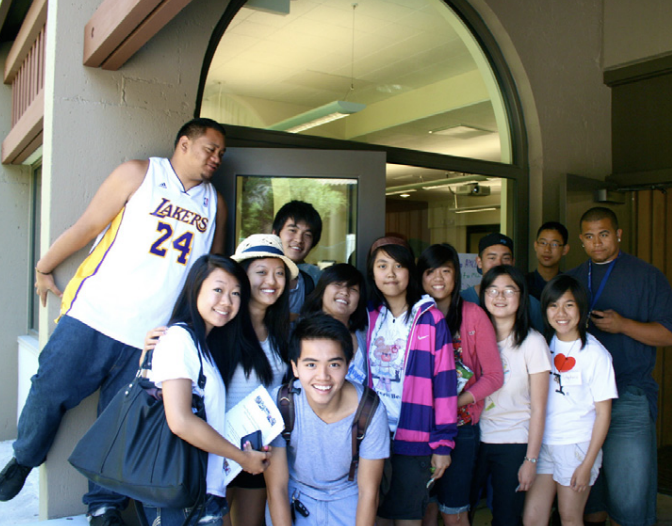
IMPACT students (2011)
2008
First AANAPISI grant
The Asian American Studies program applies for and receives its first AANAPISI grant from the US Department of Education, marking the first time federal recognition went to supporting AAPI students in higher education. This grant, which lasts from 2008-2011, leads to the creation of the IMPACT AAPI program.
That was an exciting time! I'm proud to say that De Anza was one of three community colleges in the country awarded an inaugural AANAPISI grant. (Shout out to the other two: City College of San Francisco and South Seattle College.) The grant directed attention and support to Filipinx, Pacific Islander, and Southeast Asian students. And we had an unbelievable staff team: Alerie Flandez, Anu Khanna, Jim Nguyen, Jue Thao, Karen Chow, Kristin Skager, Mark Fu, Marshall Hattori, Michael Chang, Noemi Teppang, Randy Claros, Theresa Pan, Tin Mai, and Veronica Avila. Our Dean at the time, Duane Kubo, was a true champion of our efforts. The IMPACT AAPI learning community still exists at De Anza today!
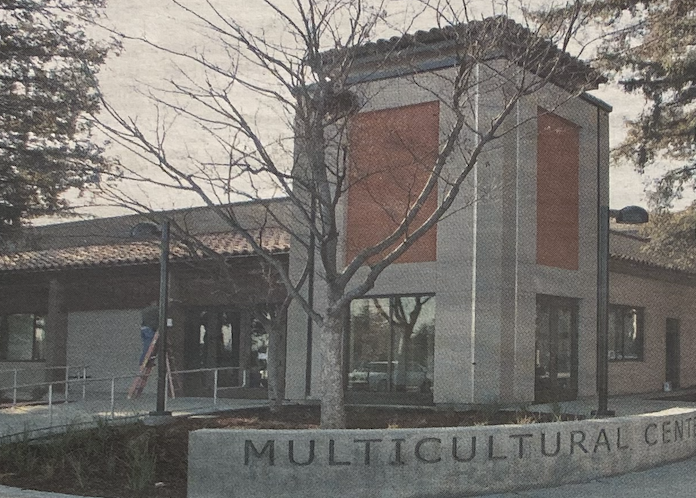
The newly-renovated Multicultural Center. (La Voz, January 2011)
July 2009
Renovations start on the MCC building
A La Voz article entitled "Renovation on De Anza’s Multicultural Center to begin July 1" reports that walls currently dividing the building will be removed, creating space for meeting rooms, exhibits, and offices.
We have such a great space for student activities and community building now.

Edmundo Norte speaking at CAN/DID, a multimedia series exploring equity and social justice issues (2021)
2010
Duane Kubo retires
The position of Dean of IIS is left vacant until Edmundo Norte fills it in 2011.
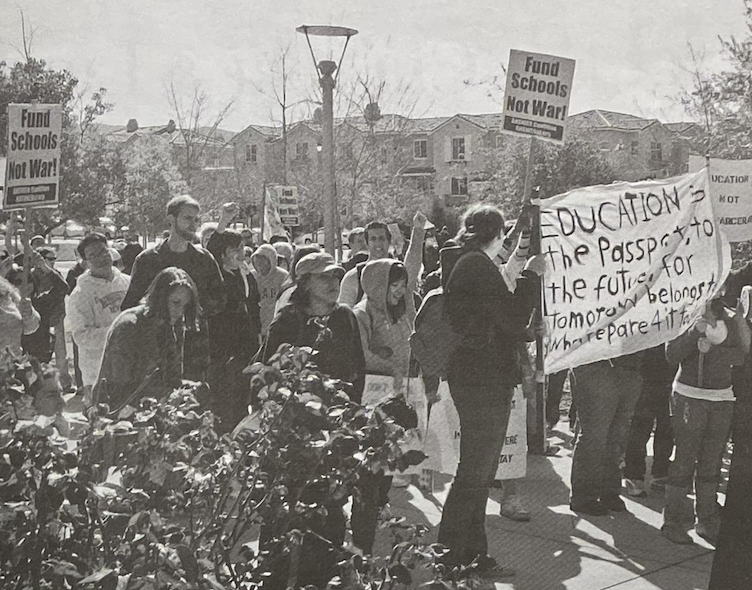
70+ De Anza students and supporters protesting budget cuts are received by Mayor Kris Wang in front of Cupertino City Hall. (La Voz, March 2010)
March 2010
Educational budget crisis
La Voz reports that De Anza's student government has cut funding for minority programs including APALI. Meanwhile, APASL and other student groups join a statewide protest in San Francisco and participate in a week-long protest on campus to raise awareness about budget cuts.
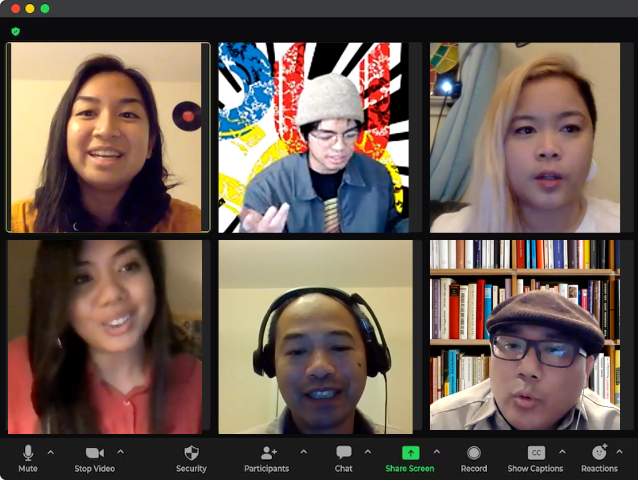
Students and faculty who helped develop the Filipinx American History and Culture class at De Anza, including Elizabeth Ramirez, Matthew Dumanig, Rochelle Gatus, Melissa-Ann Nievara Lozano, Sherwin Mendoza, and Tony Santa Ana.
Fall 2010
First Pacific Islander Studies course offered
The first Introduction to Pacific Islander Studies course (ICS 90) is offered as part of IMPACT AAPI to support Pacific Islander students. The course incorporated curriculum developed by David Ga'oupu Palaita, who continues to teach the course for IMPACT AAPI students today at De Anza. The course has since been renamed to Ethnic Studies: Native Hawaiian and Pacific Islander Experiences (NAIS 31).
Inspired by this course, and motivated by a desire to see their identities and histories represented within the curriculum, Filipinx students would eventually advocate for and create a course centered on Filipinx culture and history. That course is first offered in 2020.
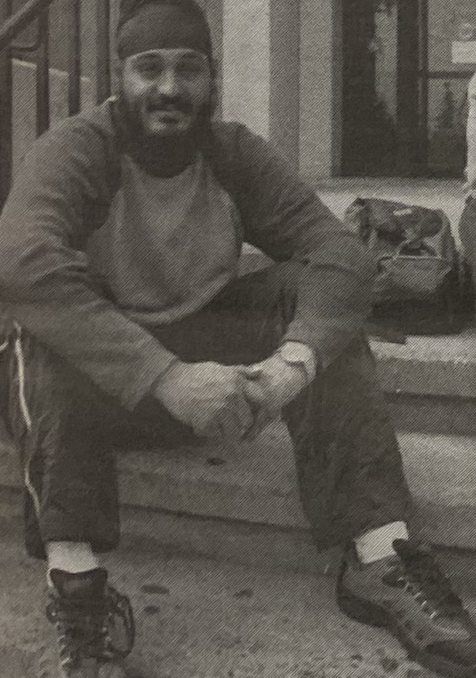
A De Anza student smiles for the camera (La Voz circa 2011)
2011
Second AANAPISI grant
The Asian American Studies program applies for and wins a second AANAPISI grant which lasts from 2011-2017.
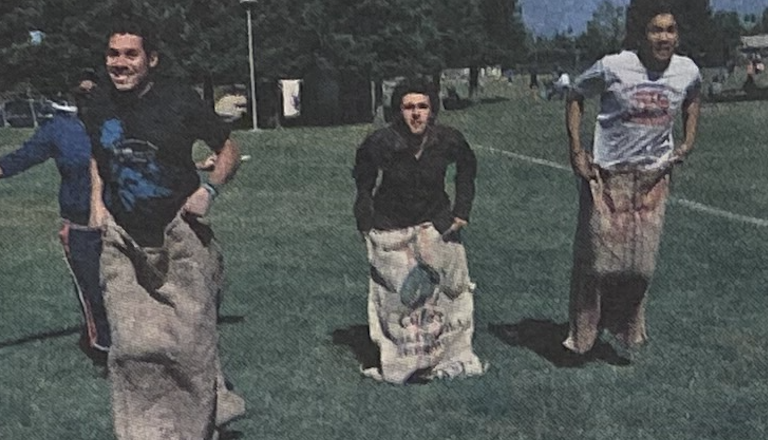
Students compete in a sack race at a Memorial Day celebration hosted by the Black Student Union. (La Voz, 2011)
September 2011
Community college diversity study
A La Voz article entitled "De Anza students take center stage in national study" reports that De Anza students are participating in a landmark diversity study entitled “A Community College Instructor Like Me” (published in 2014), which found students did better when paired with a professor of the same ethnic group.
Takeaways
Wow. 2008. Our first AANAPISI grant from the U.S. Department of Education. It doesn't feel that long ago.
It was definitely an exciting time. The whole AANAPISI federal grant was a new thing—for De Anza and for the country. We were all trying to figure out what good and innovative things we could do to support Asian American and Pacific Islander college students.
For us, our Asian American Studies program was key. Because we had an Asian American Studies program. That wasn't necessarily the case for other colleges.
We built learning communities around Asian American Studies courses. APALI's Summer Youth Leadership Academy conscientiously enrolled more Filipinx, Pacific Islander (PI), and Southeast Asian students. We wrote a new Pacific Islander Studies course. That helped inspire future generations of students to advocate for further PI representation in the curriculum.
I remember the students expressing their deep appreciation for those class experiences. And the instructors and counselors got to collaborate as a teaching team.
The AANAPISI grants helped bring institutional attention to the overlooked needs of our students. Even our college president was speaking nationally about our work. The grants really helped create an active community around Asian American Studies in those years.

